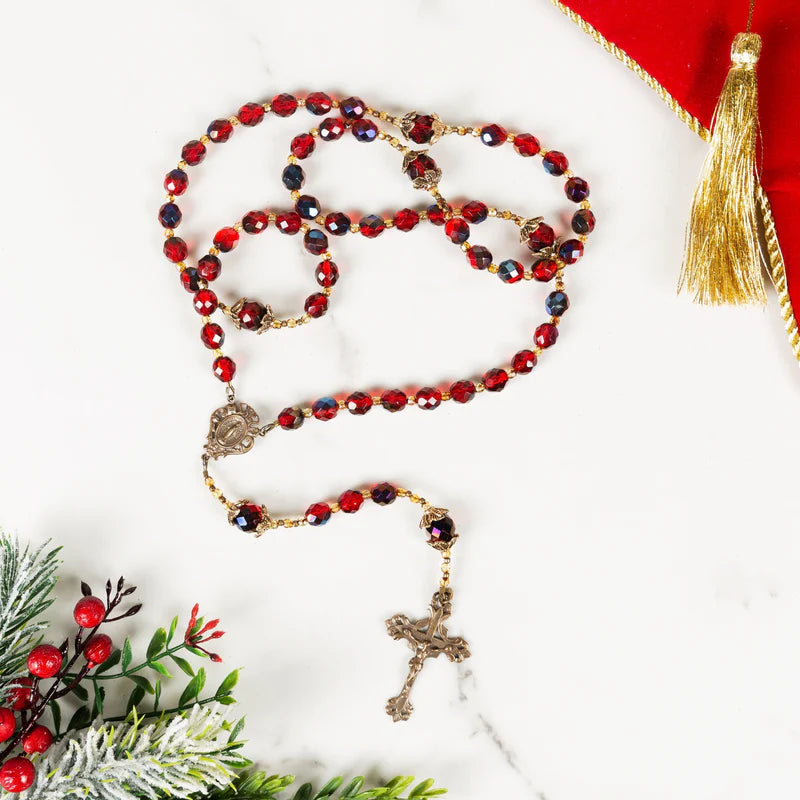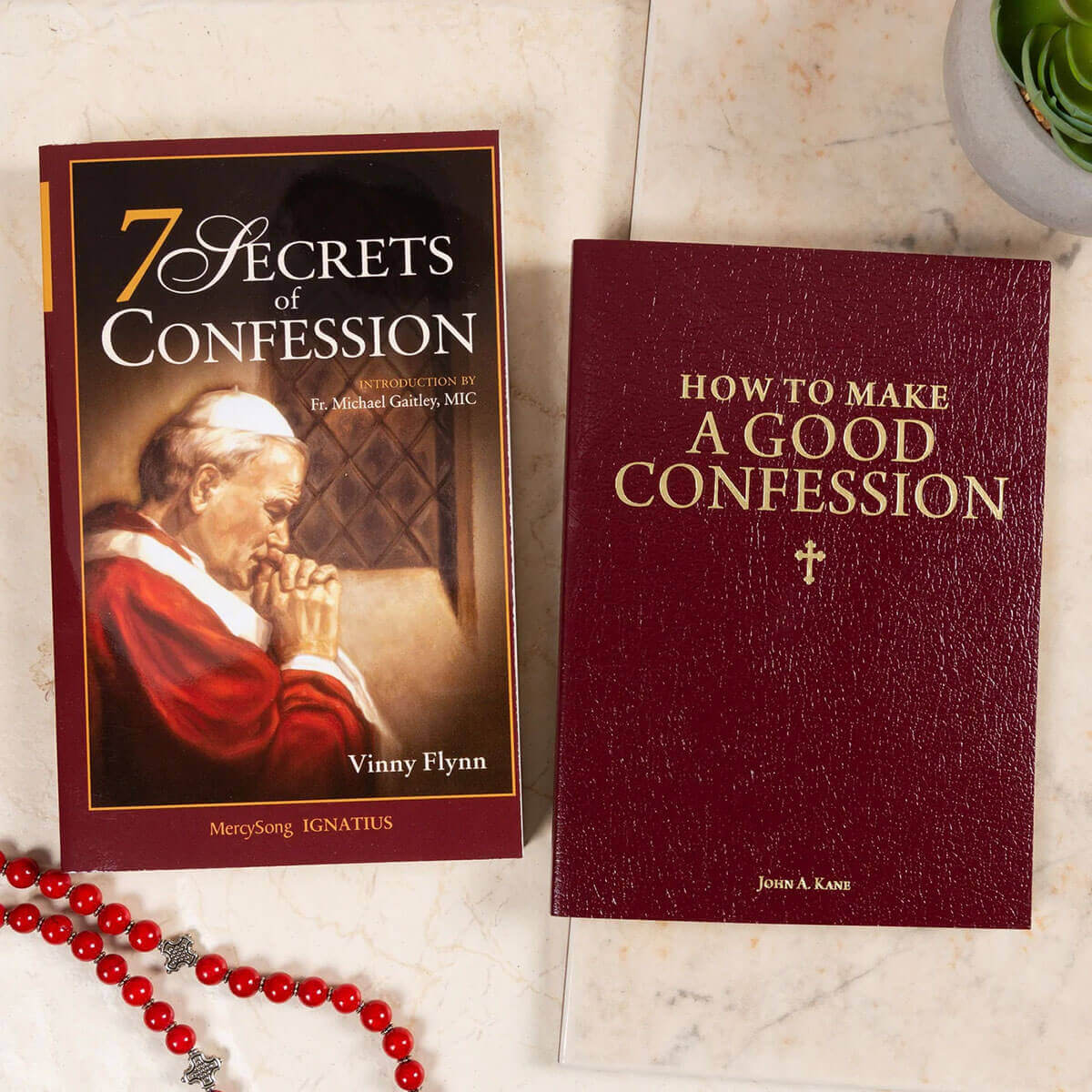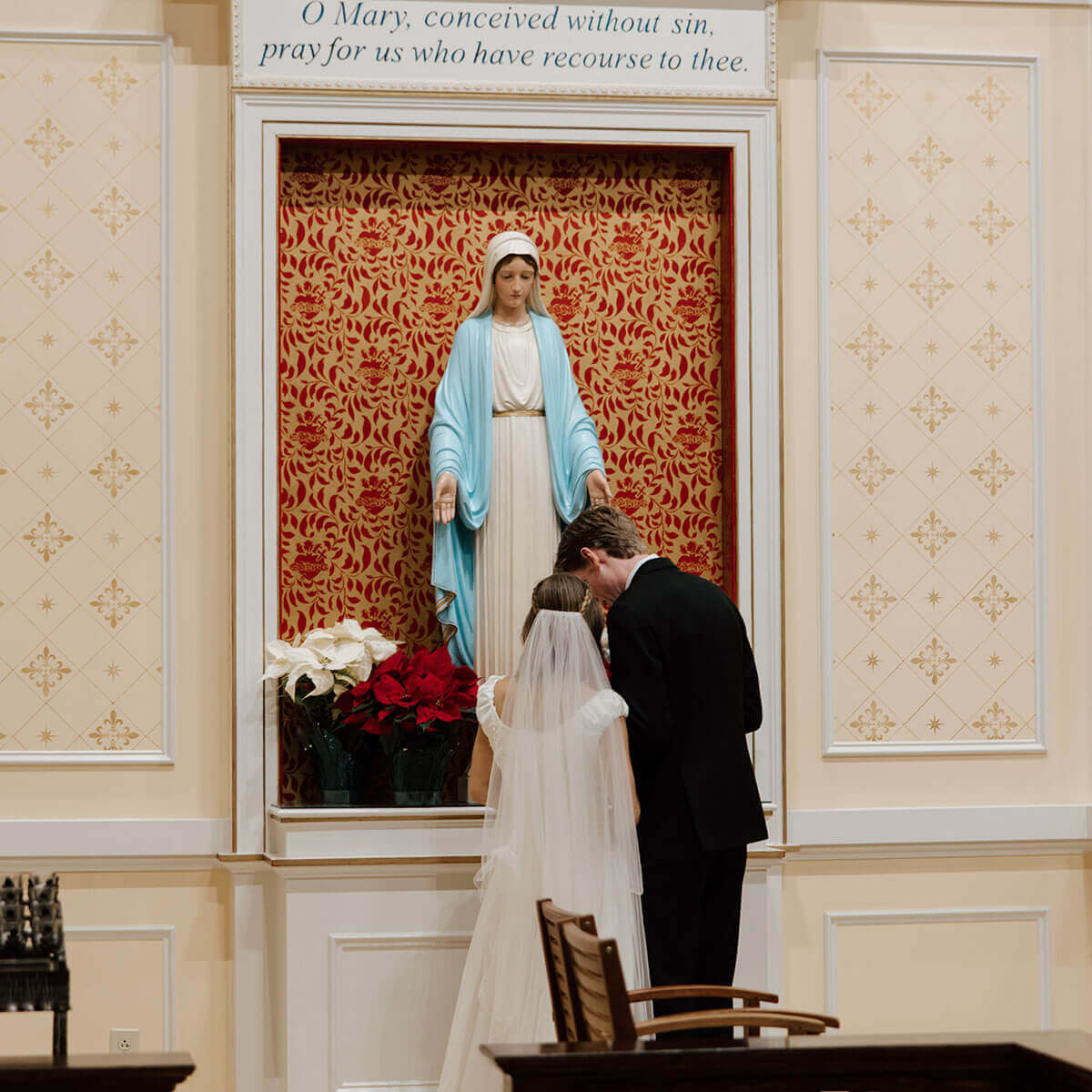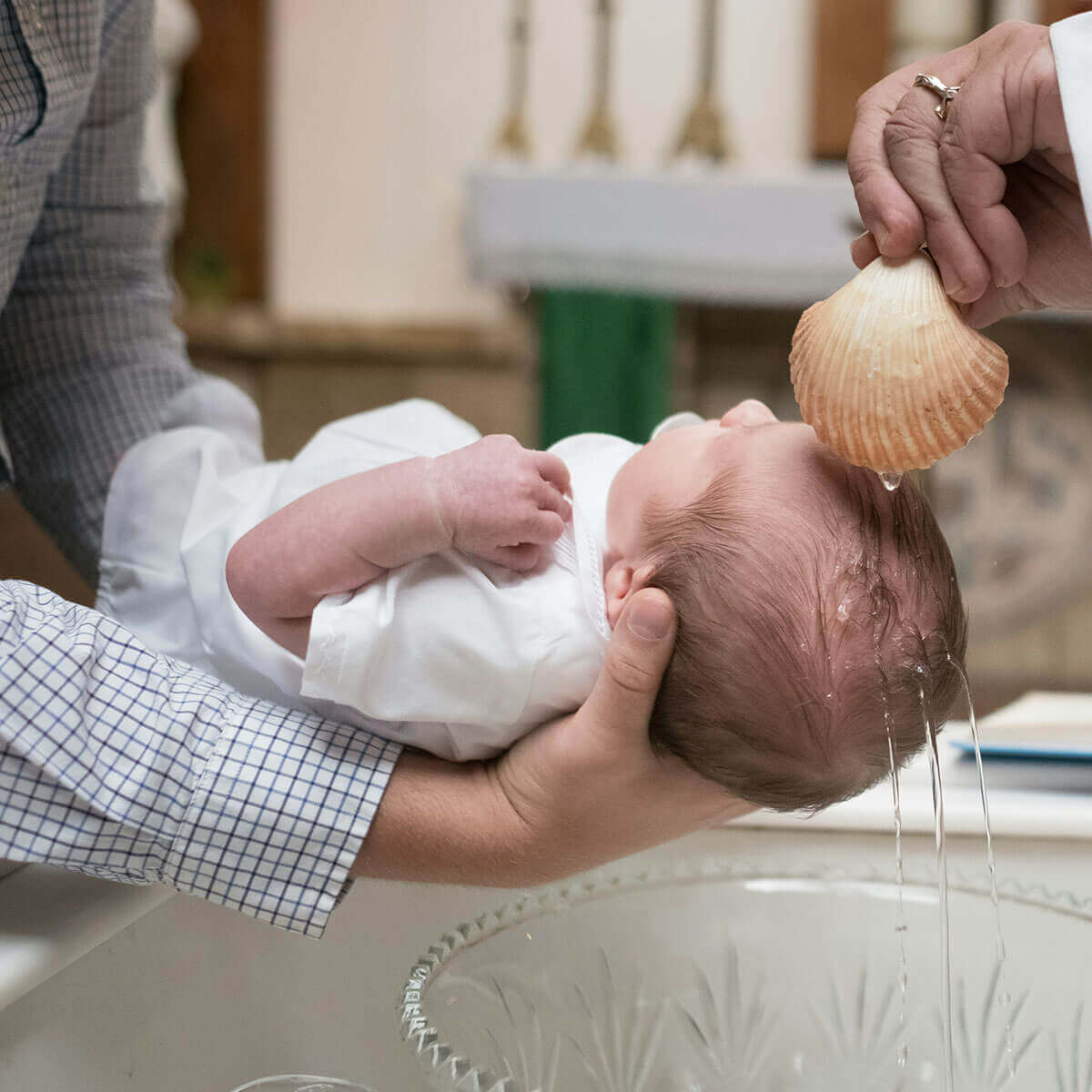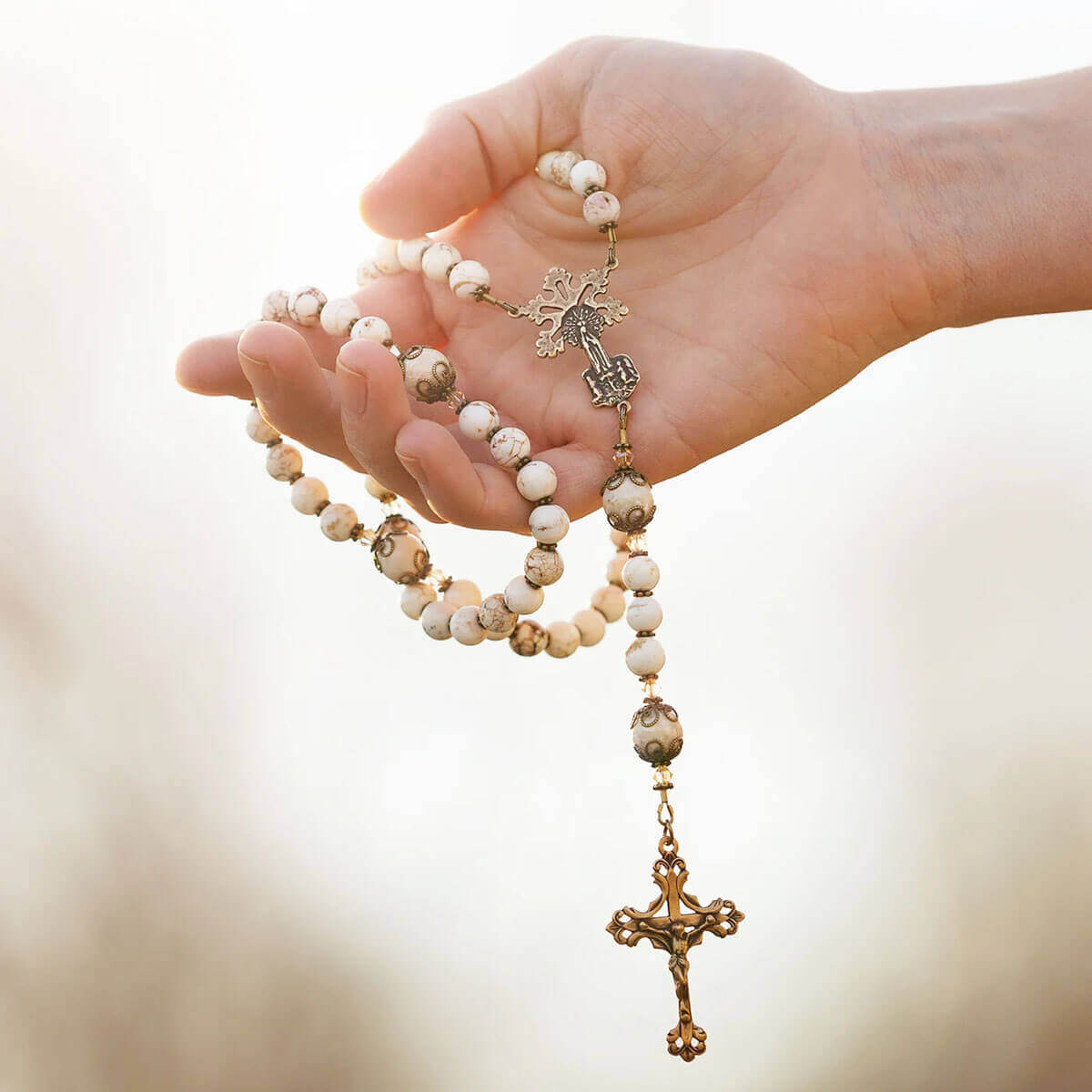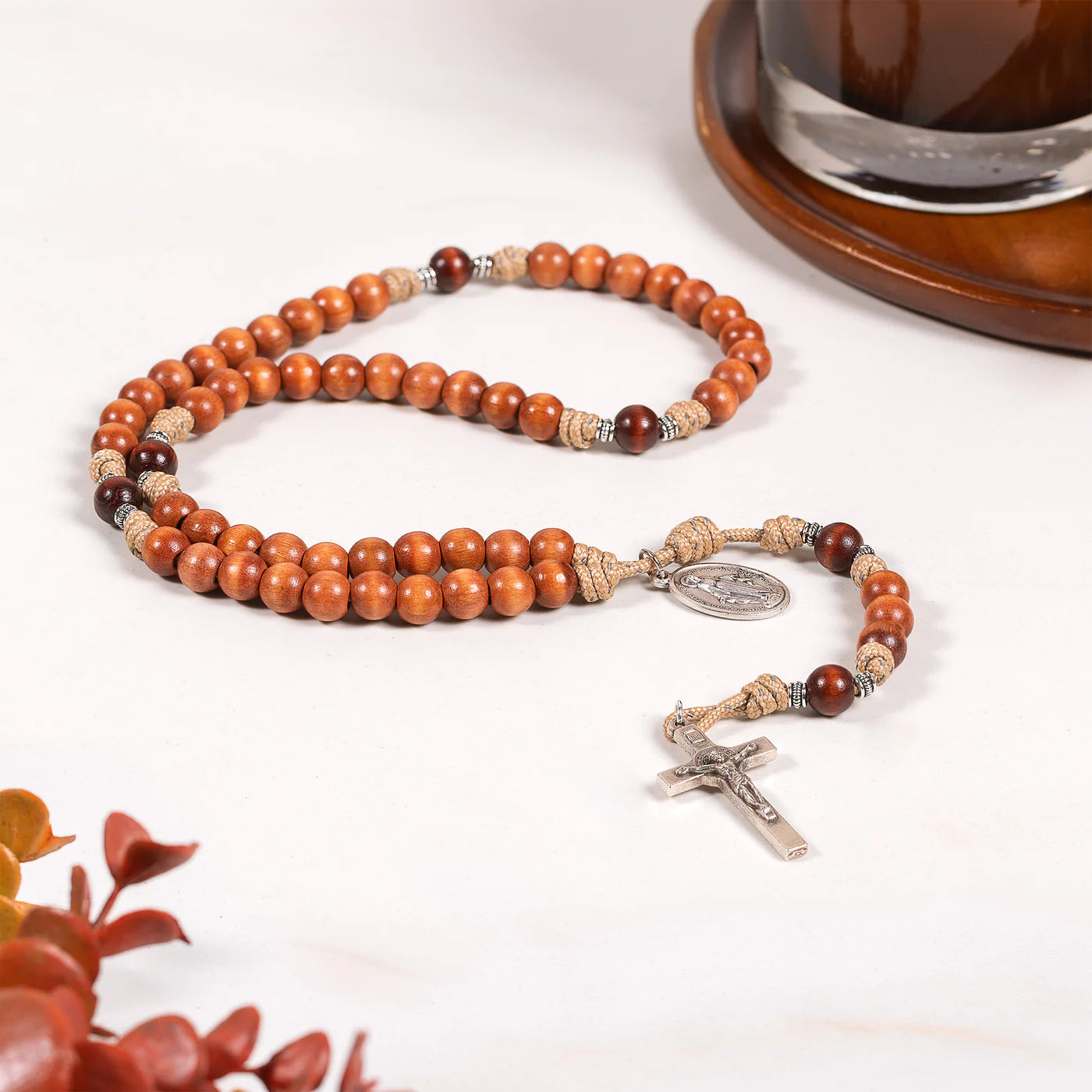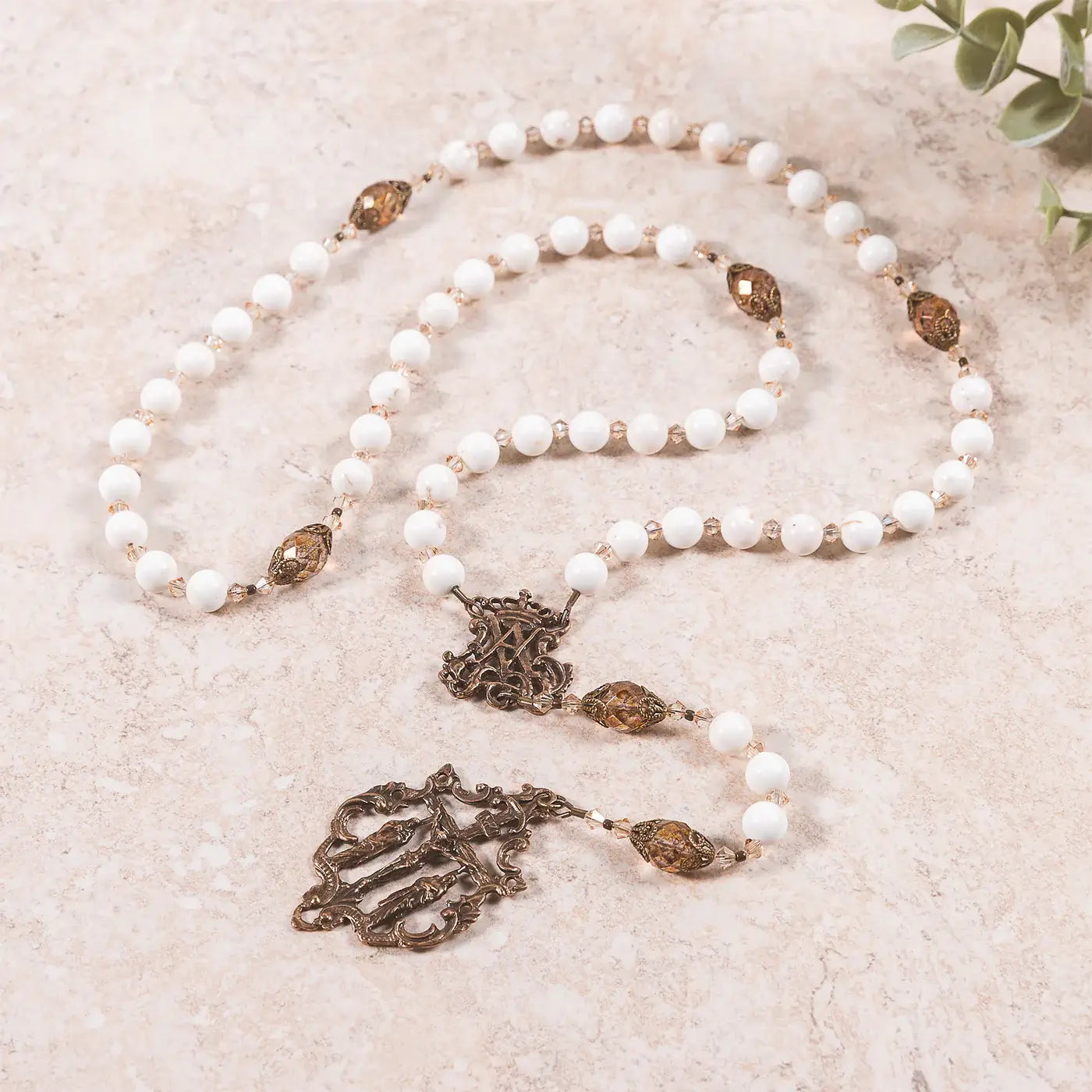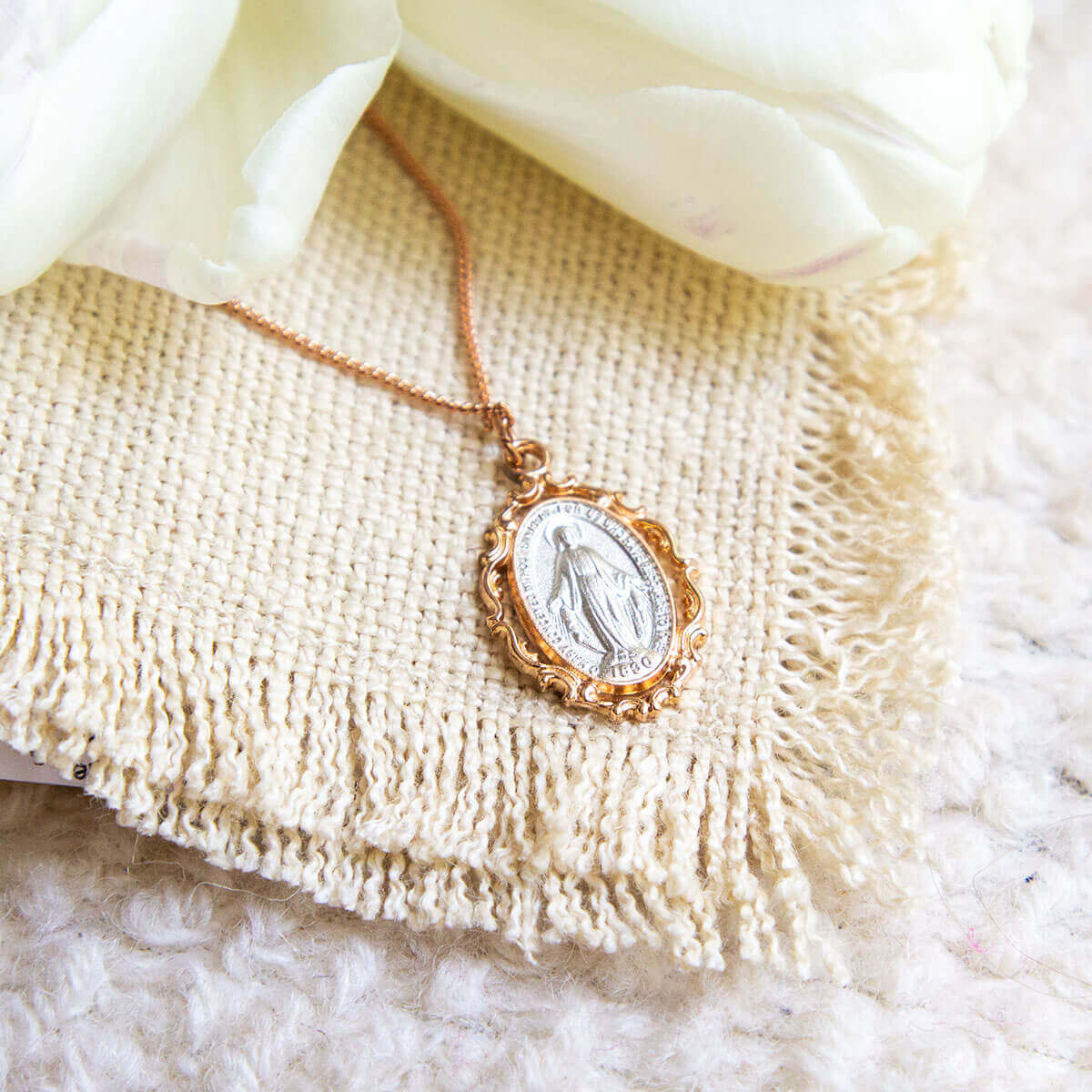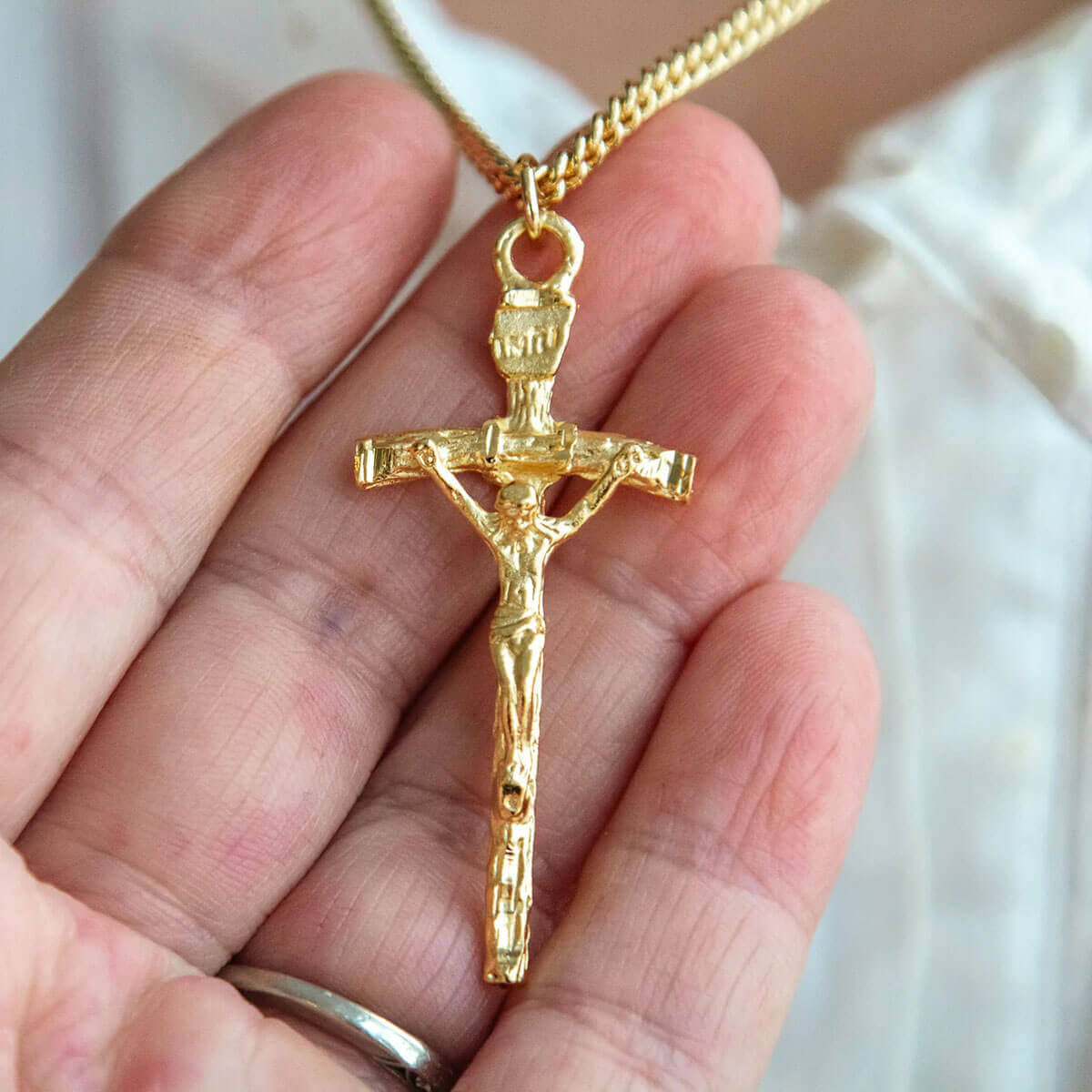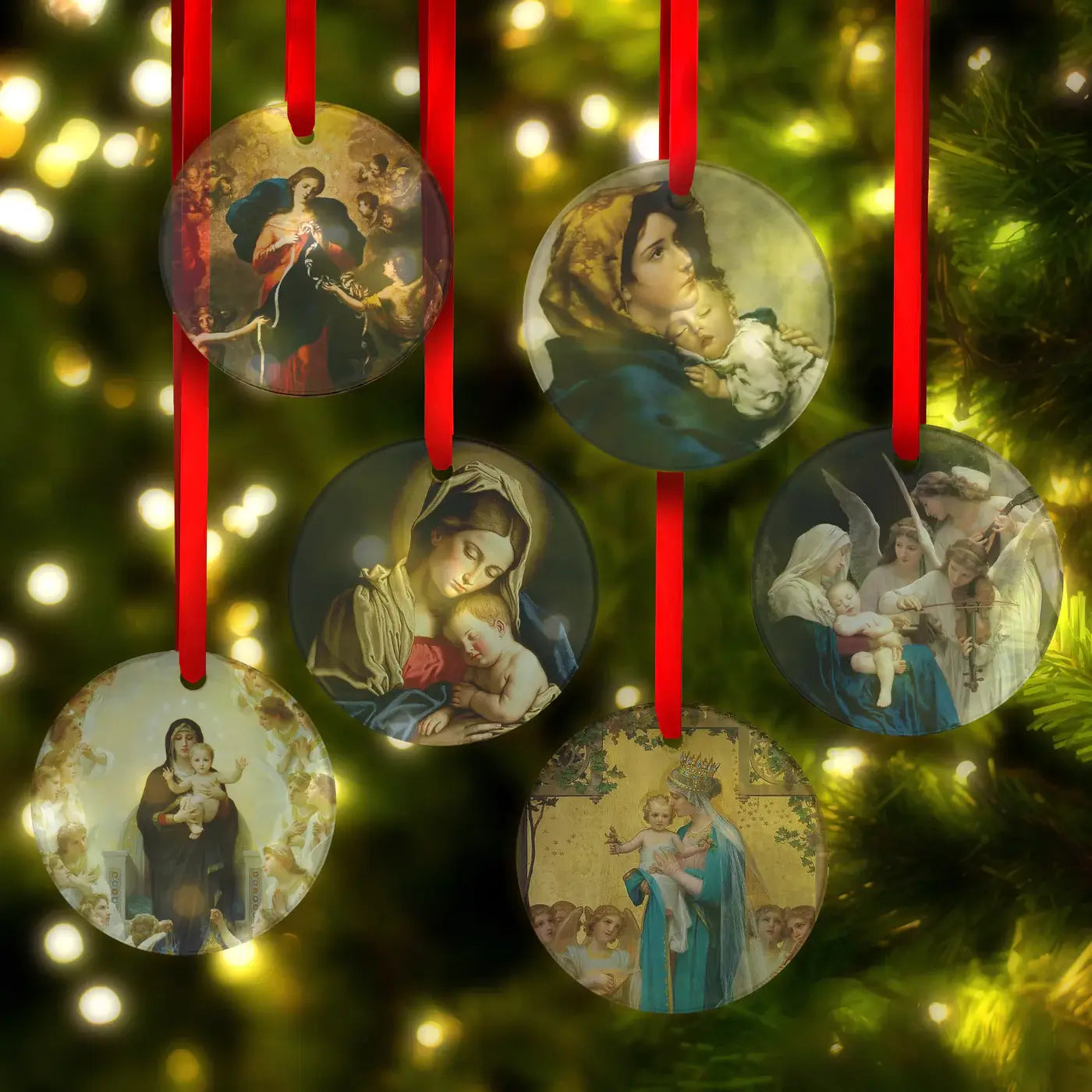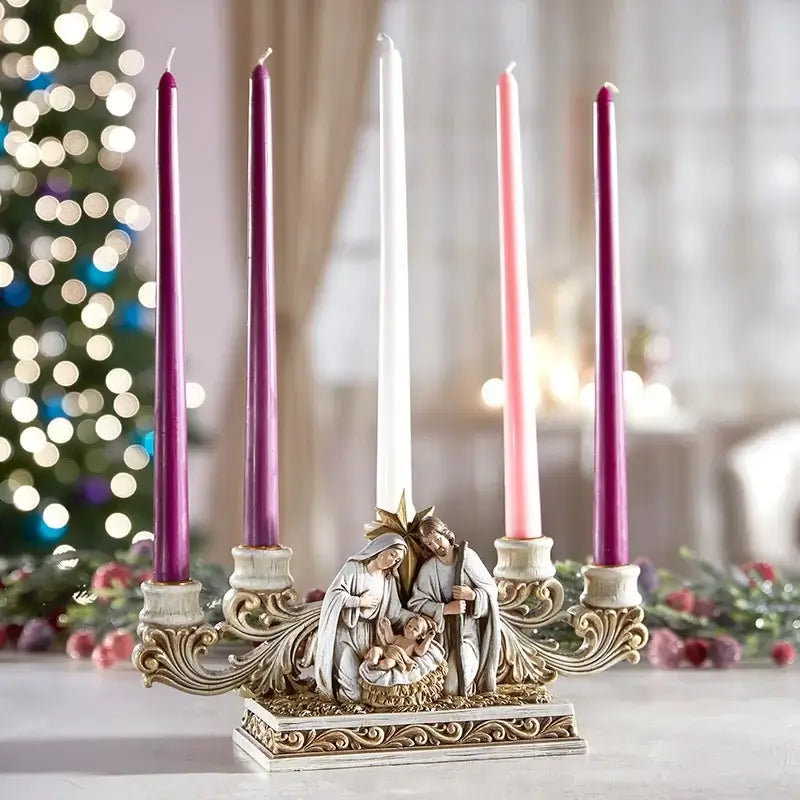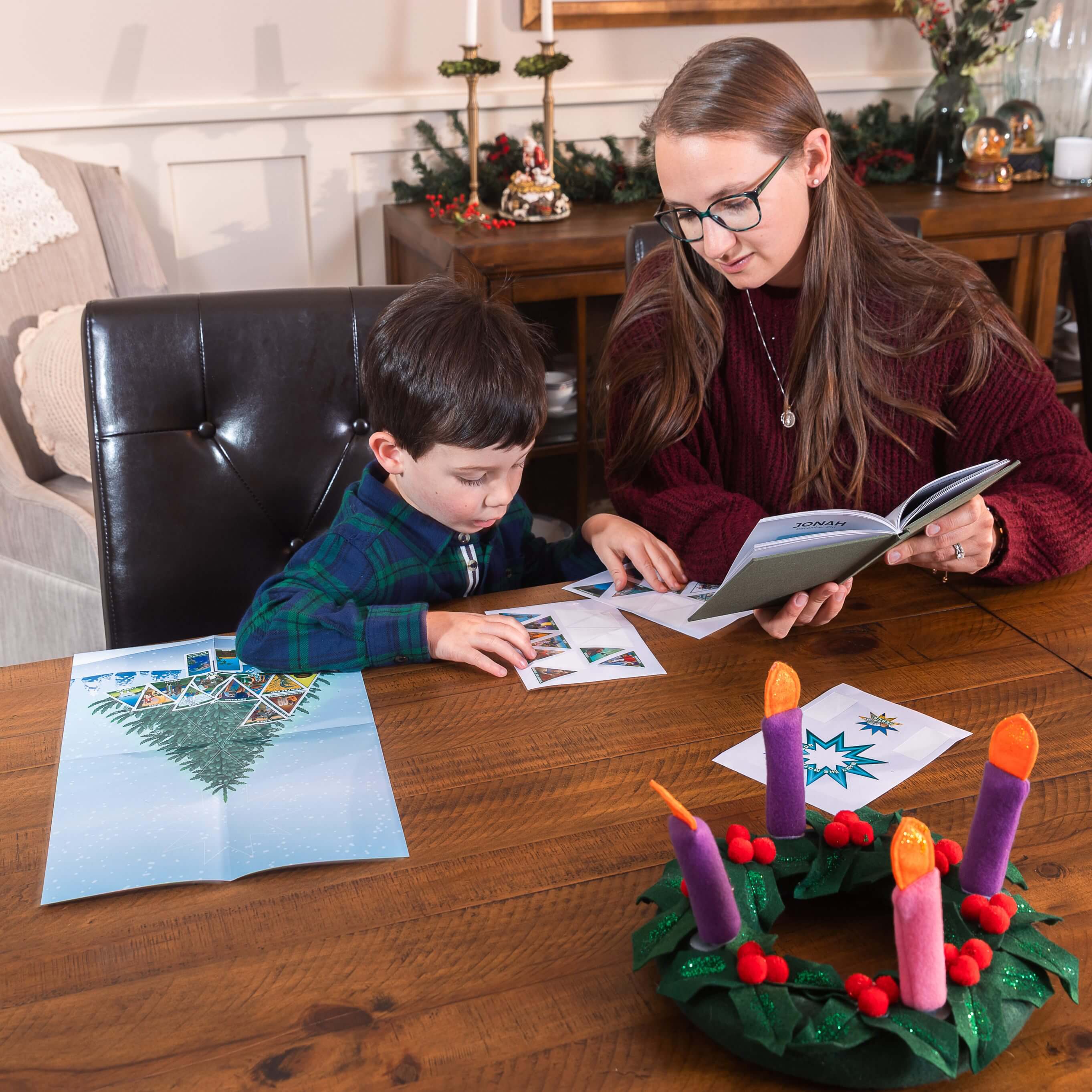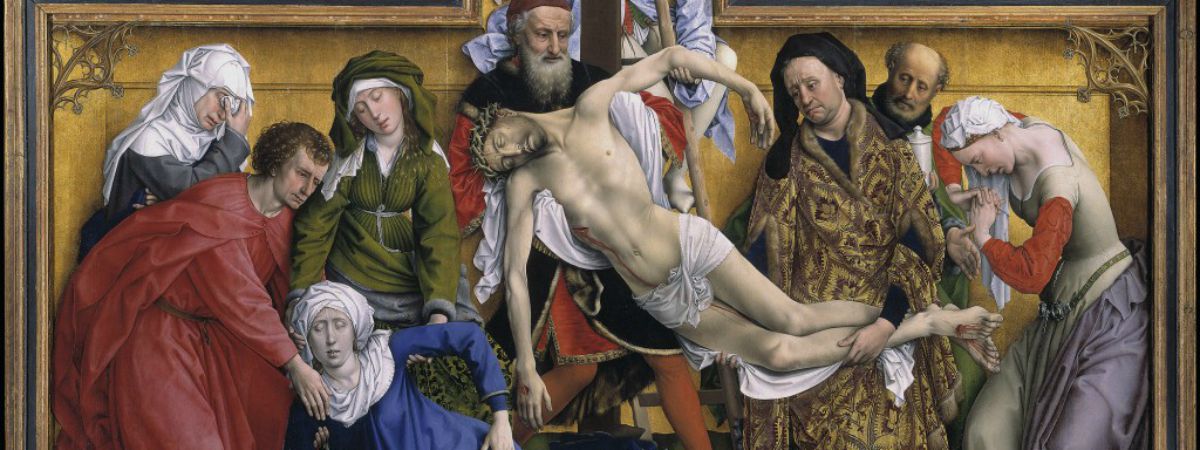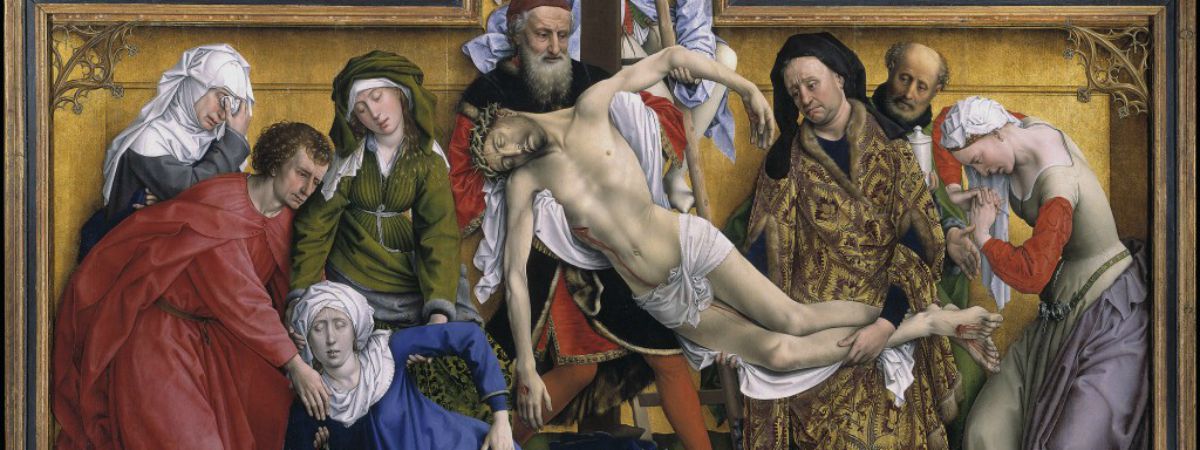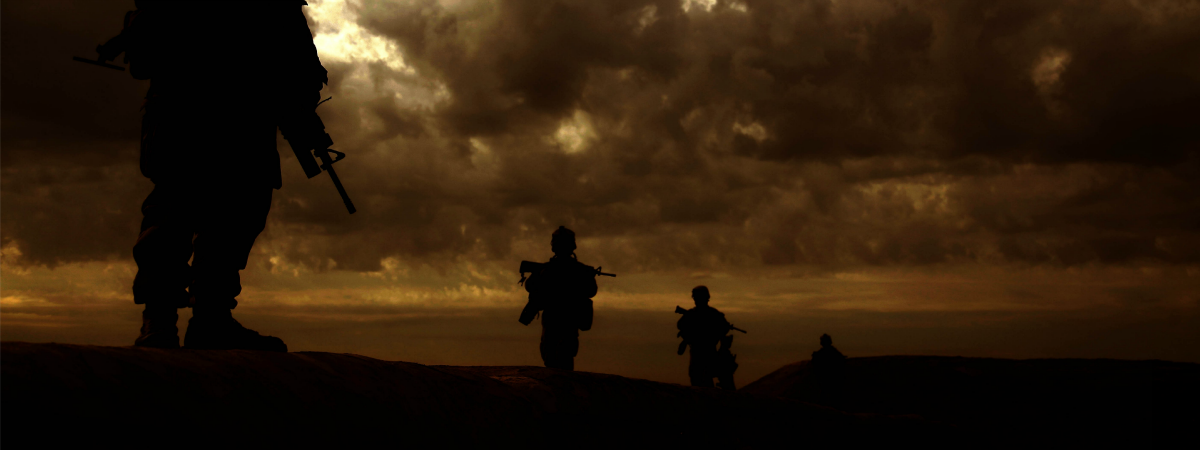Being Catholic doesn't mean that I spend all day praying, listening to Christian music, and watching EWTN. When I travel, I visit museums as part of my must-see list. On previous trips I didn't look forward to seeing religious paintings at all, but to my own surprise, they were what captivated me the most.
Some of my favorites museums are the Louvre and the Musée d'Orsay. But if you want to admire Catholic religious art, the Museo del Prado is, in my opinion, the best, because I found the greatest collection of paintings and some of the most famous ones I am familiar with (and Spanish is spoken there, which is a bonus for me).
Religious Art Teaches Us About Our Faith
It is fascinating to see how the lives of Christ, the Virgin Mary, and the saints have inspired artists for centuries. Such art has inspired men and women to be more faithful to the teachings of our Lord.
It is amazing to be able to visualize the truths Jesus taught through religious paintings made by talented artists; even more, when you contemplate the original images firsthand you can find meaning behind every masterpiece.
If you have been in museums where sacred art is exhibited, you will agree how exciting it is to be in front of religious art that we normally see only in pictures, prayer cards, reproductions, books, and other media. You can stare at these paintings for a long time without getting bored.
The almost supernatural talent of these artists is amazing. Some of my favorites are Murillo, Velázquez, Rubens, El Greco, and Goya. And many of these paintings are gigantic.

Without pretending to give you a religious art class, I am simply going to share some feedback on my own impressions and experience of these masterpieces, plus some basic interpretation of twelve of my favorite paintings.
My Top 12 Favorite Religious Paintings and Their Meanings
If you are looking for some divine inspiration in a not-so-Catholic world, let me share some of my favorite religious art, which was painted from the 14th through the 18th centuries. It is hard to pick only a dozen because there are so many magnificent ones that I like just as well, but I managed to select twelve:
1. The Last Supper by Leonardo da Vinci

First of all, I was surprised that this was not a framed painting, but a mural that measures 15 x 29 feet. It doesn't have the vibrant colors and high resolution that we are used to seeing in reproduced prints.
Da Vinci's The Last Supper is inside the Dominican convent of Santa Maria Delle Grazie in Milan, Italy. In order to preserve this masterpiece the room temperature must be controlled, so a maximum of 25 people can enter the refectory every 15 minutes. They don't let you take pictures, but there is a framed replica outside the main room which you are allowed to photograph.
This painting is about the betrayal of Christ and the institution of the Eucharist. Jesus has just declared that one of the twelve will betray him. Da Vinci depicts the reaction of each disciple to the news. The apostles are arranged in four groups of three with Chris in the center as the focal point with his body in the form of a triangle, symbolic of the Trinity. He provides calmness and stability in contrast to the astonished expressions of the apostles.
Obviously, this mural by Leonardo da Vinci has inspired innumerable Catholics over the course of time, for I have seen a reproduction in almost every Catholic dining room. I think it is the first famous painting that I remember seeing in my childhood.
In addition to the meaning, the sense of depth is one of the details that I admire in this masterpiece; and I learned that Leonardo had no surname and that is why he is called "da Vinci", meaning "of Vinci."
2. Christ Crucified by Velázquez

Here is a serene representation of Christ after death by a Spanish artist from Sevilla named Diego Velázquez. It measures 98 x 67 inches.
Velázquez's Christ Crucified depicts Christ with a body of classical proportions, representing the perfect man, while blood drips slowly from his wounds, down his body and the wood of the cross, transmitting a feeling of solitude, silence, and rest, rather than showing the agony of Christ's passion.
This is definitely a devotional painting that invites silence and meditation.
3. The Adoration of the Shepherds by El Greco

The artist's real name was Doménikos Theotokópoulos, but he is known by his nickname, "El Greco." (He was a Greek with Spanish citizenship). He was born in Crete but lived most of his life in Spain, and it is said that he, more than other painters, was able to capture the Spanish devotion to religion.
His painting, The Adoration of the Shepherds, is in El Prado, and measures 126 x 71 inches. It is one of the most-visited images, as I learned from a tour guide.
It shows us the wonder on the faces of the shepherds as they contemplate the luminous image of the Christ Child, whom the Virgin reveals with great tenderness. The kneeling shepherd, who is adoring with reverently folded hands, might be a self-portrait portraying El Greco’s increasing devotion.
If you have seen this painting firsthand, you will agree that the vibrant colors of the figures' garments are one of the features that captivate the most, as well as the dramatic use of light that emanates from Baby Jesus, making the scene look so real.
4. The Angelus by Millet

The Angelus by Jean-François Millet is located in Musée d'Orsay in Paris, and measures 21.9 x 26 inches.
The subject is beautiful: a man and a woman are reciting the Angelus in a quiet field. Because they have paused in the middle of working, all the tools of their labor-a potato fork, basket, sacks, and a wheelbarrow-are right beside them.
Millet said: "The idea for The Angelus came to me because I remembered that my grandmother, hearing the church bell ringing while we were working in the fields, always made us stop work to say the Angelus prayer for the poor departed."
Unless you are a member of a religious order, taking a break to pray and thank God isn't always practical, especially if you work in an office. I work for The Catholic Company, and that is one of the benefits here: employees gather at noon voluntarily to pray the Angelus.
5. The Tears of Saint Peter by El Greco

Saint Peter's humanity really comes through in this painting. It is located in El Greco Museum in Toledo, Spain.
In this beautiful work, Saint Peter's eyes glisten with tears after he has denied Our Lord. Now deeply sorrowful and grieving for his sin, he lifts his eyes to heaven and seeks forgiveness.


In the background, to the left, there appear two small figures of hope: a woman, and an angel. Mary Magdalene represents the repentant sinner, and it is she who will tell Saint Peter that Jesus' tomb is empty. The angel is responsible for announcing the Resurrection of Jesus.
I was moved by this painting and all the symbolism; it is one that I particularly remember from El Greco Museum.
6. The Descent from the Cross by Van der Weyden

This panel was painted by the Belgian artist Roger van der Weyden. The Descent from the Cross is an early Flemish painting, with almost life-size figures, and is a 86.5x 103 inch triptych located in Museo del Prado, Madrid.
This masterpiece depicts the grief experienced by the Virgin at the suffering and death of her Son. Joseph of Arimathea, Nicodemus, and a third man hold Jesus’ body up; Our Lady has fainted, and is being supported by Saint John and some of the holy women who witnessed the crucifixion.
Look at the Virgin's face, which is all pale. The blue of her robes makes a real contrast with her complexion.
Note how Jesus and Mary’s bodies are parallel, which points to their "double passion." The expressions of all the men and women are deeply moving.
The emotional impact of the mourners grieving over Christ's body is exceptional. If I have to describe this work in one word: breathtaking.
7. The Immaculate Conception by Murillo

The Immaculate Conception was painted by the Spanish artist Bartolomé Esteban Murillo. There are several works of art with this title in El Prado Museum; this one is nearly 108 x 75 inches long.
The doctrine of the Immaculate Conception holds that the Virgin Mary, the pure vessel that would carry Jesus Christ, was conceived without original sin. The Holy Roman Catholic Church teaches that, from her conception, Mary had been given the graces that are usually bestowed through baptism after a child's birth.

The depiction of the Virgin Mary in this context is taken from the Book of Revelations, where it describes "a woman clothed with the sun, with the moon under her feet." Unfortunately, the museum of El Prado does not allow visitors to take pictures. This one was taken secretly (mea culpa!) and you can see how majestic it looks with a gold frame.
8. The Disputation Over the Most Holy Sacrament by Raphael

The Disputation Over the Most Holy Sacrament by Raphael depicts a scene with witnesses in both heaven and earth. It measures 200 x 300 inches, and is located in the Vatican Museum. This beauty of this fresco is easy to overlook if you don't know the meaning behind it.
God the Father is standing behind Jesus, who is seated on the royal throne showing the nail holes in His hands; below Him is the Holy Spirit. Jesus sits between Mary, His mother, and Saint John the Baptist, His cousin and forerunner. The three persons of the Blessed Trinity and Mary and John together form a cross.
To the right and left of the Trinity is the Church Triumphant, represented by patriarchs and prophets from the Old Testament as well as martyrs and apostles from the New Testament; they are the "great cloud of witnesses." The figures are (from left to right): Saint Peter, Adam, Saint John the Evangelist, David, Saint Laurence, Judas Maccabees, Saint Stephen, Moses, Saint James the Elder, Abraham, and Saint Paul. They are observing the scene below from their place in heaven.
Below the heavenly scene we see the Most Holy Sacrament, which is the pillar of the Church Militant—the Christians who are still earthly pilgrims. Members of the Church are shown discussing Transubstantiation and the true presence of Christ in the Eucharist.
The painting shows the Trinity and the Eucharist with people both in heaven and on earth, for together we make up the Church.
I like this painting because it gives us a vision of the glory of heaven and the way Catholics pursue it here on earth.
9. The Coronation of the Virgin by Velázquez

In this painting, Mary is placed in the center with Christ on the left, God the Father on the right, and the Holy Spirit between the two, forming the Holy Trinity. It measures nearly 70 x 52 inches and the original work is in Museo del Prado.
The composition forms an inverted triangle, but it also looks heart-shaped. The Virgin Mary is the focal figure, with an attitude of modesty, reverence, and emotion; her right hand placed upon her heart reinforces that idea.
God the Father is painted as an old man, representing wisdom; both the Father and the Son are shown in the act of crowning the head of the Virgin with a garland of roses. The Holy Spirit is portrayed in the traditional form of a white dove. These three persons are presented at the same height, reminding us of the perfect equality within the Holy Trinity. Cherubs are visible at the base of the painting.
The use of blues and violets in their garments, instead of the traditional red, is another detail to catch our attention. Blue symbolizes heavenly grace. The Virgin Mary is often depicted wearing blue. Blue also represents hope, good health, and the state of servitude. Purple colors are always associated with royalty.
For me, this is an awe-inspiring painting, which makes me wonder: why does nobody paint like this anymore?
10. The Virgin of the Grapes by Mignard

The Virgin of the Grapes was painted by the French artist Pierre Mignard in 1640, and is displayed in the Louvre. The size is 47.6 x 37 inches.
In the background, the dark landscape, partially covered by a curtain in the foreground, is in silence and harmony. The Child Jesus looks at us with gentleness from underneath the thin veil of His mother; the veil symbolizes purity. The Virgin's blue mantle alludes to the sky, and the red color evokes her love. The apples could be a sign of Original Sin and the grapes that the Virgin and the Child take into their hands symbolize the Eucharist and the sacrifice of Christ our Redeemer.
Being a mom, I instantly connect with this portrait. There is an expression of great tenderness here. I do have a toddler, and he loves grapes! What else can I say? This painting really inspires me to be a more patient and loving mom, while I live through the stage called the "terrible twos."
11. The Virgin of the Rocks by Leonardo Da Vinci

This is an oil painting by Leonardo da Vinci which is exhibited at the Louvre. It measures nearby 78.3 x 48.0 inches.
"As the name indicates, the scene shows a rocky grotto, where four figures are sitting together on the stone floor in a pyramid form.
To the right the Archangel Gabriel welcomes us to the scene with an enigmatic gaze, pointing to the child-figure of Saint John. With his other hand, the angel supports the Christ Child sitting next to him. At the apex of the pyramid sits the Virgin whose hand is raised, palm-down, over the head of the infant Christ, as if giving him a blessing.
Gabriel's hand, which is pointing to the infant John, forms a horizontal line in the space between the Virgin's hand and the head of Christ, seems to tell us to imitate him, and as if completing an invisible cross. Meanwhile, the Christ Child tiny right arm is raised in a gesture of benediction, aimed at the infant Saint John, who clasps his hands in prayer. The circle is completed by the Madonna who extends her arm to encircle the head of the infant John."
Besides the meaning, the impression of depth in the background, as well as the technique of sfumato, which allows colors to shade gradually into one another, are the features that caught my attention.
12. L'Innocence by Bouguereau

This masterpiece, L'Innocence, was created by the French painter William-Adolphe Bouguereau in 1893. It is the only painting listed here that I haven't seen in person because it is from a private collection. When I look at this image, I see purity and tenderness in the exchange of love between a mother and her child.
I think everybody has their own way of being heavenly inspired. My husband, for instance, finds inspiration by listening to Gregorian chant while he is in the shower (awkward). I am not going to judge; each of us are called to holiness in a unique way.
The use of religious art to inspire a desire for holiness is outstanding. It has helped me to find divine inspiration, not only because the paintings are exquisite, but because of their celestial meaning. They have a priceless essence hard to get in a modern world.
I am inspired by Christian art and its history. I chose my son's name after one of the archangels, and, inspired by its symbolism, I bought a L'Innocence reproduction to be displayed in his nursery. I even decided to have a picture taken of my son and I in a similar pose. (I couldn't get a live lamb, but it's quite close imitation, don't you think?)

Please share your thoughts with us! What is your favorite religious painting?


